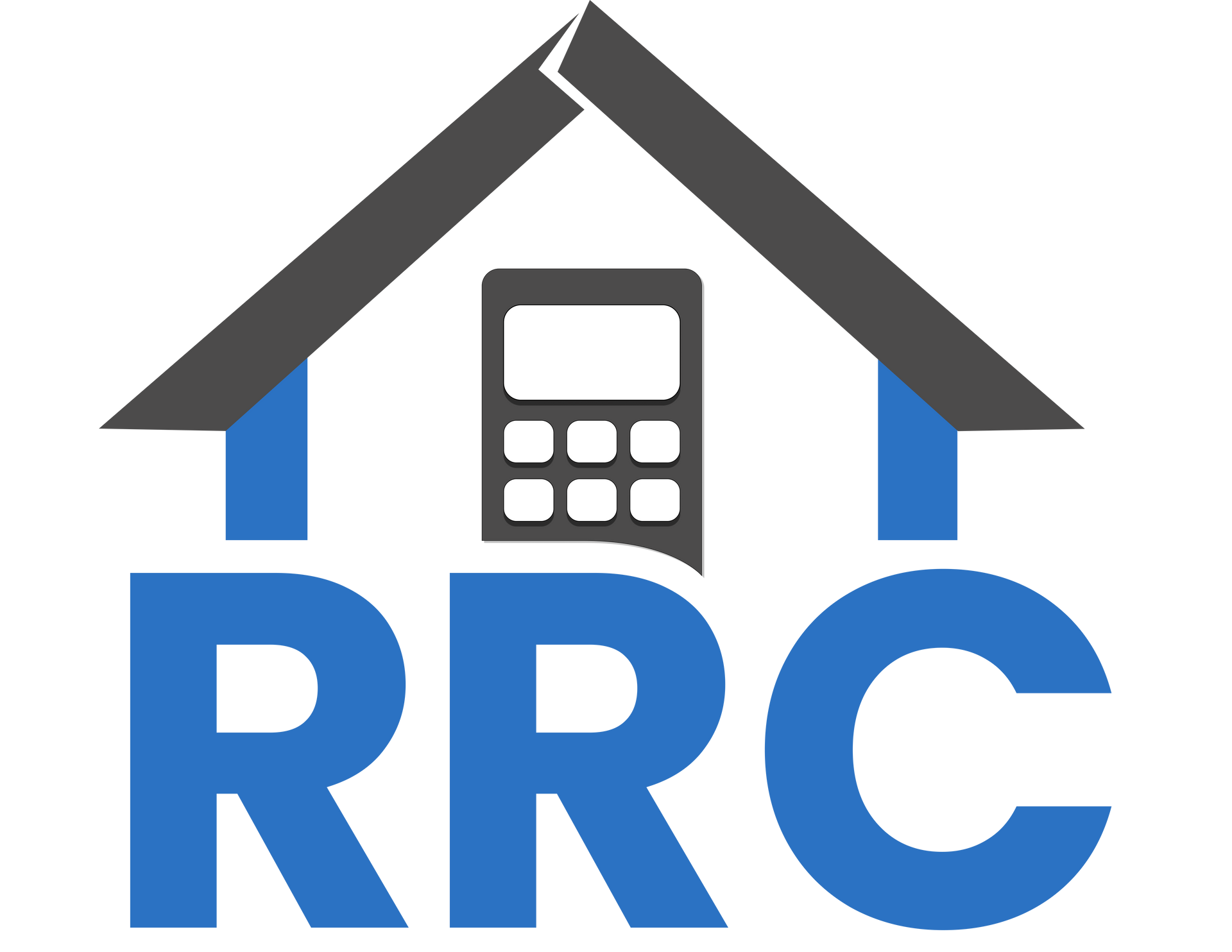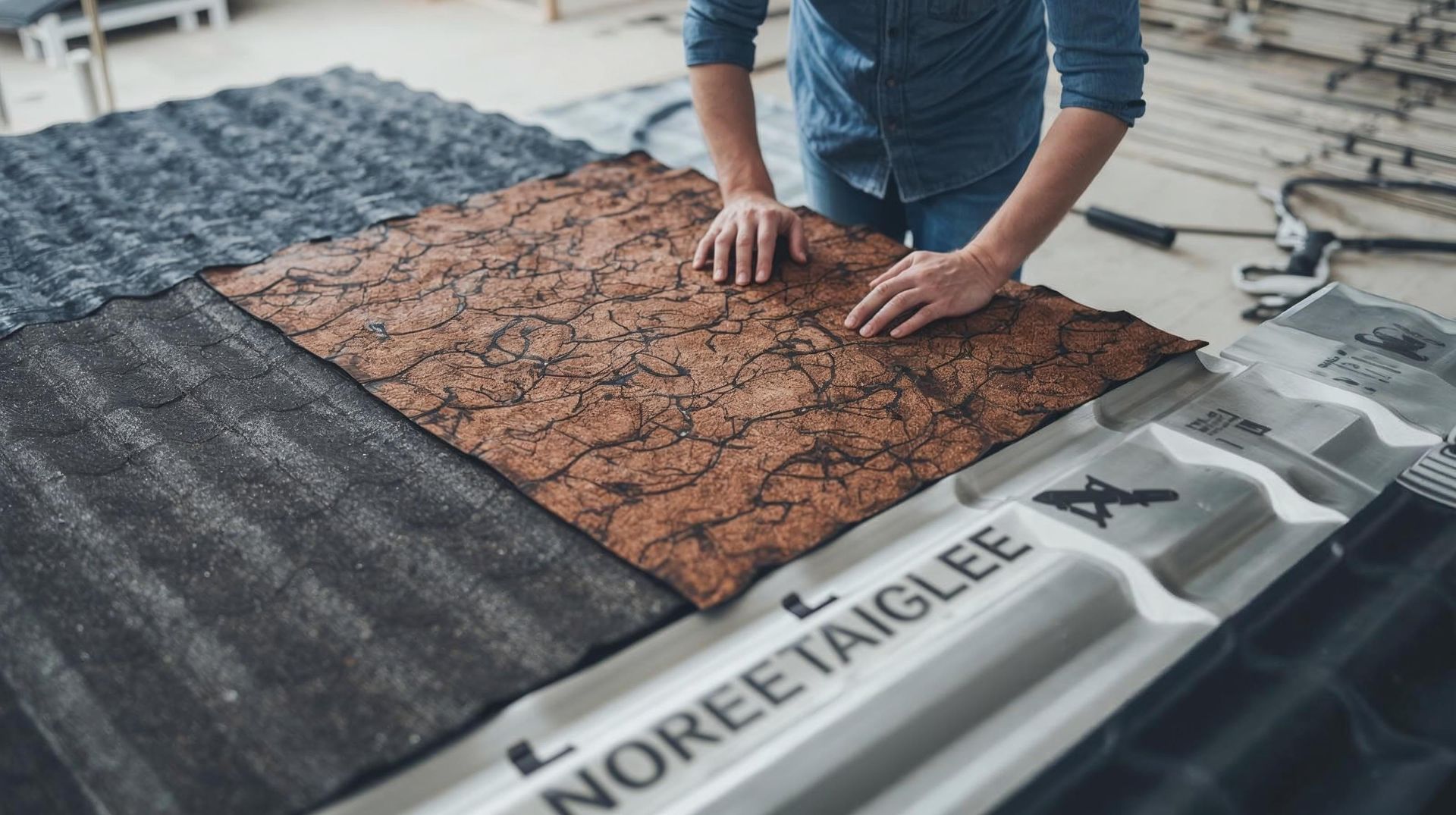Understanding Average Roof Replacement Cost by Roof Size
Key Takeaways
- The average roof replacement cost for most homes ranges from $5,000 to $20,000+, depending on roof size, materials, and labor costs.
- Roofers measure in roofing squares (1 square = 100 sq. ft.), so more square footage means a higher overall cost.
- Asphalt shingles are the most common roofing material and budget-friendly, while metal shingles and clay tiles are higher-end materials with longer lifespans.
- Roof type, pitch, design, and access can increase labor needs, meaning a higher final cost.
- Always get estimates from many roofing companies for accurate cost comparisons before choosing a roofing contractor.
- Balancing cost-effective options with durable materials ensures a reliable roof that protects your home and budget long-term.
Why Roof Size Matters in Replacement Costs?
Every roof installation project starts with one key question: "How big is your roof?"
The average roof replacement cost depends largely on your existing roof's size, material, and labor needs. Larger roofs require more labor, more materials, and result in a higher overall cost. Whether you're considering asphalt shingles, metal shingles, or clay tiles,
Understanding how contractors calculate pricing by roofing squares helps you get accurate estimates from many roofing companies.
This guide breaks down full roof replacement cost by roof size so you can choose between budget-friendly and higher-end materials with confidence.
Contact us for a free bid on your Roofing Project today!
What is a Roofing Square?
To truly understand how roof size shapes your replacement cost, you need to know how the industry measures it. Roofers use roofing squares, a standardized unit that makes estimating easier and more precise. The number of squares on your roof determines everything from how much material you'll buy to how long your installation will take.
- 1 roofing square = 100 square feet of roof surface.
For Example, a 2,000 square foot roof = 20 roofing squares.
Roofers use this unit to estimate how much material and labor are required.
The more square footage your roof has, the higher the cost, since you'll need more labor, shingles, and underlayment.
Want to learn more about Roofing Squares? Read our blog on Roofing squares with key terms for homeowners.
Average Roof Replacement Cost by Roof Size
The table below gives a general idea of what you can expect to pay based on size and materials.
| Roof Size (sq. ft.) | Approx. Squares | Average Cost (Asphalt Shingles) | Average Cost (Metal Shingles) | Average Cost (Clay Tiles) |
|---|---|---|---|---|
| 1,000 sq. ft. | 10 squares | $5,000-$8,000 | $10,000-$14,000 | $12,000-$16,000 |
| 1,500 sq. ft. | 15 squares | $7,500-$11,000 | $12,000-$17,000 | $15,000-$20,000 |
| 2,000 sq. ft. | 20 squares | $9,000-$14,000 | $15,000-$22,000 | $18,000-$25,000 |
| 2,500 sq. ft. | 25 squares | $11,000-$16,000 | $18,000-$26,000 | $20,000-$28,000 |
| 3,000 sq. ft. | 30 squares | $13,000-$19,000 | $20,000-$30,000 | $25,000-$35,000 |
Note: These are national averages and can vary based on roof pitch, material brand, and regional labor rates.
Factors That Influence Roof Cost Beyond Size
While size is the biggest factor, several others affect your actual cost, like:
1. Roofing Material
Different roofing materials have different prices per square.
- Asphalt shingles: Most budget-friendly option, typically $5-$7 per square foot.
- Metal roofing shingles: Durable and energy-efficient, but costlier at $10-$14 per square foot.
- Clay tiles: Long-lasting and elegant, but heavy and expensive ($12-$18 per square foot).
- Higher-end materials like slate tiles or cedar shake can exceed $20 per square foot.
2. Roof Complexity, Pitch & Design
- Steeper roofs require more labor, safety equipment, and time.
- Complex designs with dormers, valleys, or multiple levels add to installation cost and difficulty.
3. Labor Rates
- Many roofing companies charge differently depending on the region and demand.
- Urban areas often have higher rates due to licensing, insurance, and accessibility challenges.
4. Tear-Off vs. Overlay
- Removing the entire roof (tear-off) costs more but ensures a clean foundation. If you're removing an old roof before having a new one installed, expect additional expenses to cover the cleanup and disposal of the old materials.
- Overlaying a new roof over the old roof is cheaper short term, but may void warranties or lead to early roof repairs.
Check out our in-depth guide on roof tear-off and replacement costs to see which option saves money and maximizes your roof's lifespan.
5. Permits, Disposal & Hidden Costs
- Don't forget permit fees, dumpster rentals, or repairs to decking beneath the shingles.
- These can add 10-20% to your total cost.
Size may set the foundation for your roof replacement cost, but it's the details beyond it that truly shape your quote. From roofing materials and slope to labor and permits, every element adds up. Understanding what drives these costs enables you to compare roofing services confidently and select the most cost-effective solution for your home.
Sample Roof Replacement Cost By Home Type
Every home is different, which means every roof replacement project comes with its own price tag. The average home may spend anywhere from $7,000 to $15,000 on a new roof. However, that number can vary depending on your roof's structure, pitch, and size.
Below, we'll break down the sample roof replacement costs by home type so you can better understand where your new roof cost might fall before calling a contractor.
| Home Type | Typical Roof Size | Average Replacement Cost |
|---|---|---|
| Small Ranch | 1,200 sq. ft. | $6,000-$9,000 |
| Suburban Two-Story | 2,000 sq. ft. | $9,000-$15,000 |
| Large Family Home | 3,000 sq. ft. | $14,000-$25,000 |
| Luxury or Custom Home | 4,000+ sq. ft. | $20,000-$35,000+ |
You're home design is the blueprint for your roofing budget. A simple roof is faster and more affordable to replace, while a multi-level or complex roof requires more labor and materials. Use these numbers as a guide, then compare cost data from many roofing companies to find the most cost-effective solution for your home.
If you want to see how the average roof replacement cost in 2025 differs across home types and regions, check out our comprehensive 2025 roof replacement pricing guide.
Tips to Get Accurate Estimates
- Request free estimates from at least 3-5 licensed, reputable roofing contractors.
- Ensures each estimate lists materials, labor, and disposal separately.
- Ask about warranties on both labor and materials.
- Clarify if decking or underlayment replacements are included.
- Compare quotes that use similar roof sizes and materials; some use squares, others use square feet.
- It's important to understand local pricing variations when budgeting for a roof replacement, as these can significantly influence the overall roof cost.
Pro Tip: Online tools like our Free Roof Cost Calculator help homeowners get accurate estimates before talking to contractors.
How to Choose Between Higher-End and Budget-Friendly Options
Your choice of material impacts both upfront cost and long-term savings.
- Higher-end materials (metal, clay, slate) offer superior durability, energy efficiency, and resale value.
- Budget-friendly options (asphalt, architectural shingles) are affordable roofing materials and effective for most average homes.
Consider:
- Climate and weather exposure
- Home design
- How long do you plan to stay in your home
- Your maintenance tolerance
A reliable roof doesn't have to be the most expensive one; it just needs to be right for your home and budget.
When to Replace Your Roof
Even if your roof hasn't failed yet, you might need a replacement if you notice:
- Missing shingles or granules in the existing gutter
- Leaks, sagging, or interior water stains
- Mold, algae, or rot around eaves
- Roof age over 20 years
Getting your roof inspected annually helps you plan replacements before emergency leaks cause greater damage and higher living costs.
Conclusion
Understanding how roof size influences your average roof replacement cost helps you set realistic expectations and budget effectively. Your roof protects your family, your belongings, and your home's overall structure.
From more square footage to higher-end materials, every choice you make shapes your actual cost.
Before you hire, get free estimates, explore budget-friendly options, and ensure you're comparing like-for-like quotes. The goal isn't just to replace your roof; it's to invest in a reliable roof that protects your home for decades.
Use our Free Roof Replacement Cost Calculator to see your personalized estimate based on roof size, materials, and location.
For more insights, explore our full blog library.
How much does the average roof replacement cost by size?
The average roof replacement cost typically ranges from $ 5,000 to $20,000+, depending on the size of your roof, the materials used, and labor rates. A larger roof typically results in a higher overall cost.
What is a roofing square, and how is it calculated?
A roofing square equals 100 square feet of roof surface. Contractors price roofs per square, so knowing your total squares helps you understand labor, materials, and overall cost more clearly. For example, a 20-square roof (2,000 sq. ft.) will cost more than a 10-square roof due to more labor and materials.
Which roofing materials increase or decrease cost?
Asphalt shingles are the most budget-friendly option, while metal shingles, clay tile roofs, and slate roofs fall into higher-end materials. These premium materials raise your initial cost but offer longer lifespans and durability, which is ideal if you want fewer roof repairs and replacements over time.
How can I get the most accurate roof replacement estimates?
Request estimates from multiple roofing companies, ensuring each includes the same materials, labor, and removal fees. Also, confirm whether the quote includes permits, cleanup, and warranty coverage to avoid hidden costs.
How does roof size impact material usage and waste?
A larger roof doesn't just use more shingles; it also produces more tear-off waste and requires more underlayment, flashing, and nails. This added material and disposal effort raises the actual cost of roof replacement for bigger homes compared to the average home.

